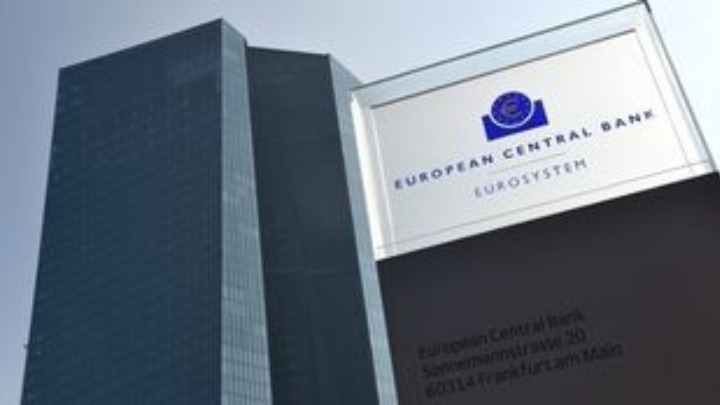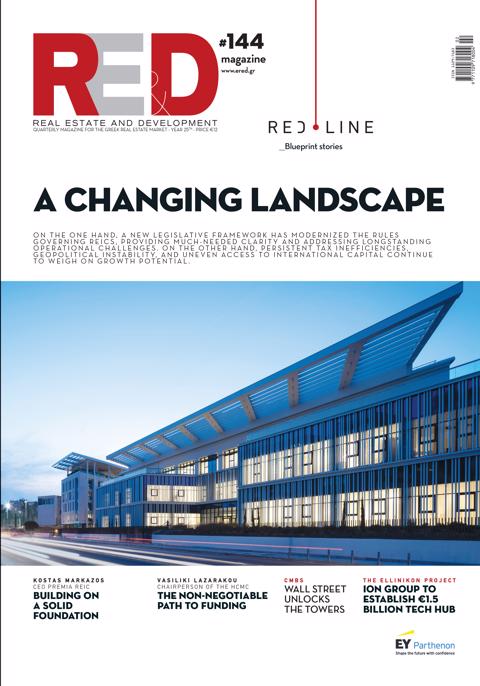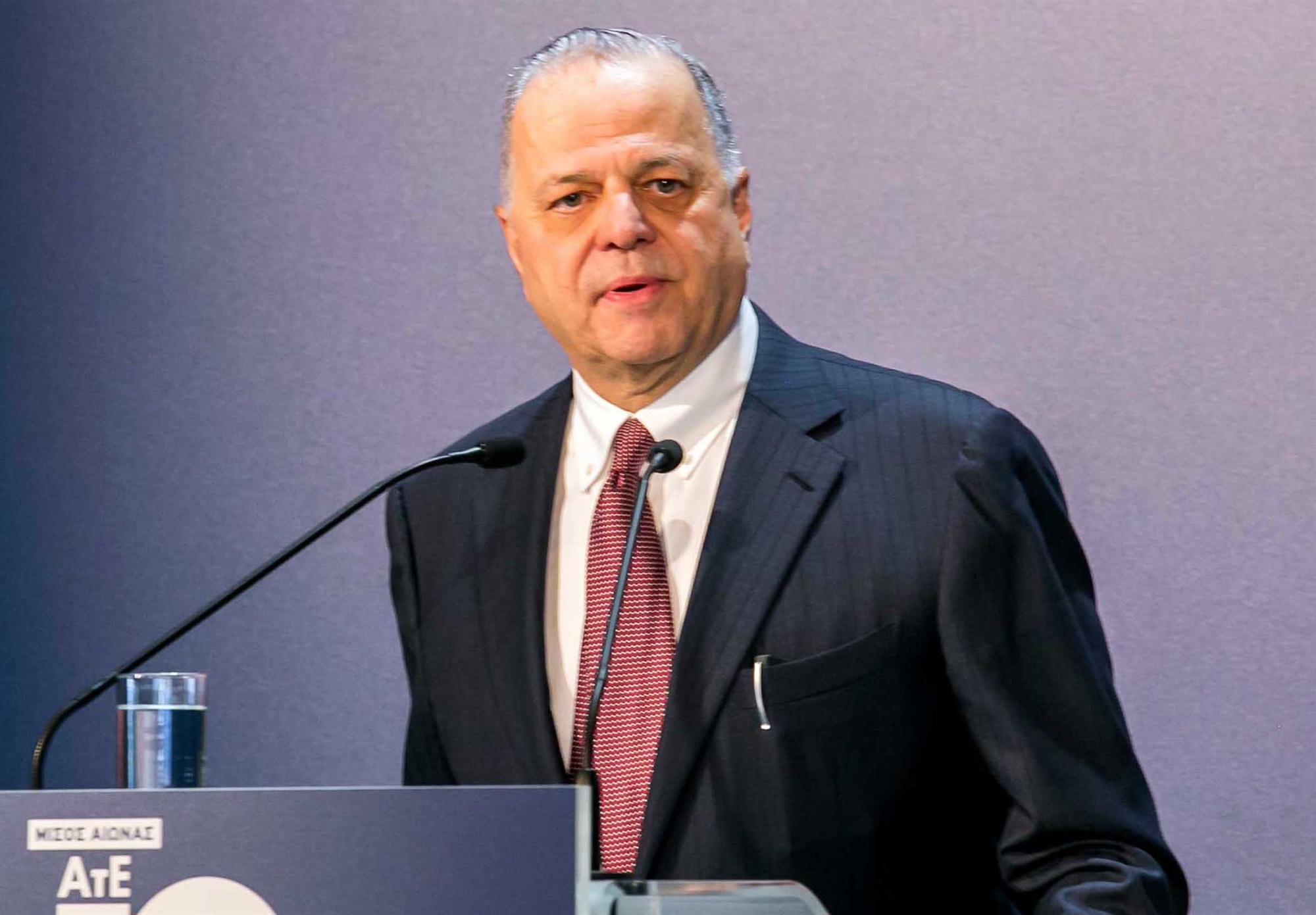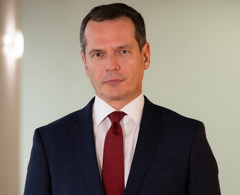If this indeed happens, the deposit acceptance rate will be reduced for the eighth time by 25 basis points to 2%, down from 4% last June. For those with variable-rate loans denominated in euros, this development would result in a further easing of their monthly repayments, as the Euribor is expected to decline accordingly.
Although only a few members of the ECB Governing Council have spoken directly or indirectly ahead of Thursday’s meeting, most have signaled a move towards rate cuts. “I believe we will reduce interest rates once more in June, followed by a pause in July,” stated the Governor of the Bank of Greece, Yiannis Stournaras, in an interview with Kathimerini.
Similar views were expressed by central bankers from France (François Villeroy de Galhau), Finland (Olli Rehn), and Lithuania (Gediminas Šimkus).
Villeroy noted that monetary policy normalization at the ECB has not yet been achieved, a point that may become evident at the upcoming meeting. Rehn indicated that if the latest data and the ECB’s forthcoming quarterly forecasts, to be released Thursday, confirm that inflation (which ran at an annual rate of 2.2% in April) remains low and economic growth is sluggish, “the appropriate response in June would be to continue monetary easing and cut interest rates.”
Šimkus is confident that inflation will fall below the ECB’s 2% target, partly due to the euro’s appreciation, and highlighted a significant likelihood of a rate cut. He expects one more reduction this year, possibly in July or later.
On the other hand, two ECB members opposed rate cuts: Austrian Robert Holzmann and German Isabel Schnabel, both considered “hawks” due to their stance on maintaining tight monetary policy.
Holzmann argued, “There is no reason to lower rates in June or July,” adding that further reductions would likely have no effect on growth, which is hampered by uncertainty rather than restrictive monetary policy. Schnabel emphasized the need to keep rates steady, warning that global economic turmoil could trigger new price increases and thus medium-term inflationary pressures.
Most ECB officials do not share concerns over rising inflation; instead, they anticipate inflation will decline to 2% this year and may fall well below that level thereafter.
This majority view has recently been echoed by ECB President Christine Lagarde and Chief Economist Philip Lane, who oversees monetary policy recommendations.
Lane expressed confidence that inflation will decrease, citing factors such as a slowdown in wage growth. He also indicated that ongoing inflation reductions would lead to continued rate cuts. Notably, he suggested that rates could fall to as low as 1.5%, noting that a drop below that level would require significantly negative developments in economic growth—something currently not anticipated.
Three main factors underpin this optimistic inflation outlook, as agreed upon by ECB officials, analysts, and investors, all linked to U.S. tariff policy:
-
The euro’s appreciation against the dollar, which has lowered the cost of imports, especially raw materials priced in U.S. dollars.
-
A significant drop in oil prices due to the global economic slowdown caused by trade tensions.
-
Reduced demand as a result of slower economic growth.
Analysts consider a slowdown in growth inevitable for the Eurozone, the global economy, and particularly the U.S., even if President Trump were to repeal tariffs. Consequently, they expect the ECB to reduce rates in June and further cut them to 1.75% by year-end, with Morgan Stanley forecasting a bottom of 1.5%.















